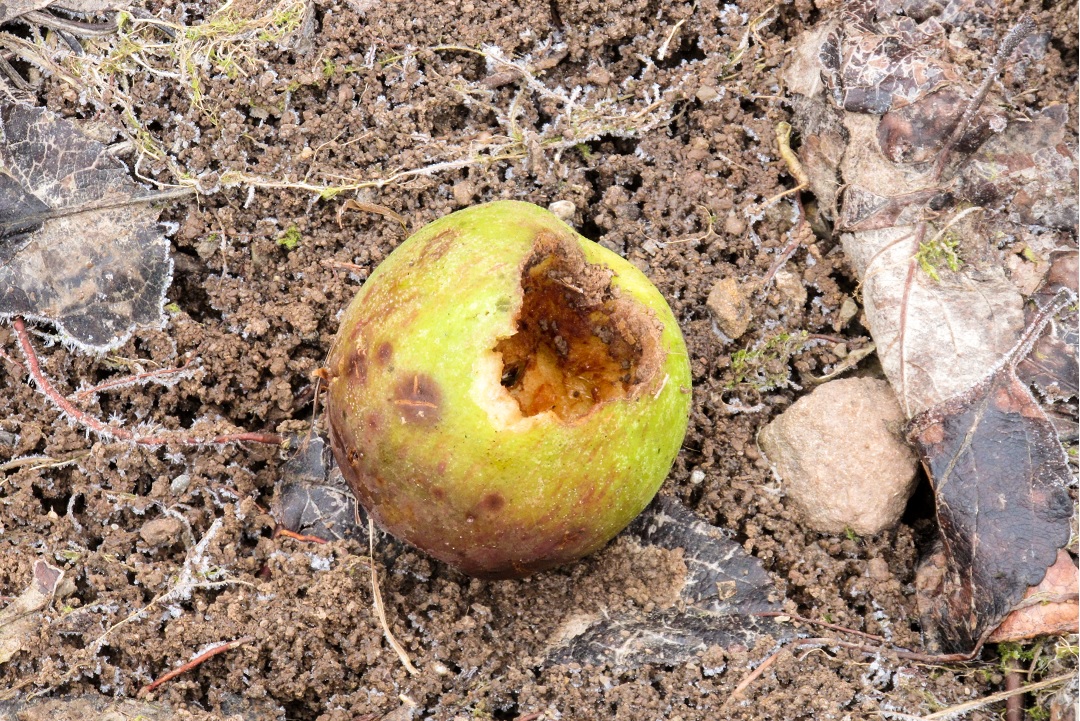
Reducing Food Waste in Foodservice
October 16, 2018 by Doreen Garelick, Dietetic Intern
Our intern Doreen attended a food waste summit for restaurants and compiled these tips to help food service operators redirect…
News Commentary
April 28, 2015

Since the 2012 Dana Gunders report “Wasted” for the National Resource Defense Council (NRDC) was published, food waste has generated a lot of media attention including multiple TED Talks and articles specifically highlighting consumer waste, restaurant waste, and farm waste. In this two part series, Dietetic Intern Sherene Chou, explores the consumer’s role versus the operator’s role in tackling the food waste problem. How does each group contribute to food waste and what are some solutions to help alleviate this problem?
Consumer Food Waste
In “Wasted”, Gunders states, “American families throw out approximately 25 percent of the food and beverages they buy...estimated as $1300-2200 dollars lost per family of four each year.” In the UK, a study from the WRAP group on household food and waste shows that the majority of household losses are due to spoilage of uncooked foods and a third of the food is being thrown out due to overestimating portion sizes from cooking too much food. Wasting food not only depletes household dollars, but it also has significant impacts on the environment. Almost a quarter of the methane emissions in the U.S. is due to the decomposition of uneaten food. This greenhouse gas is at least 25% stronger than carbon dioxide’s effects on global warming, according to Gunders.
Consumers can make a difference! To help mitigate these issues, start by rethinking these three areas:
1. Portions
For the past twenty years restaurants have increased their portion sizes at least two and even up to three times more, which has caused confusion among consumers distorting what is a normal serving. Educating yourself on how much should be eaten can help you better estimate how much to buy when purchasing foods. Not only will you be able to serve healthier meals at home, you’ll be reducing the risk of serving too much that could then result in wasted food.
Tip sheet: Serving Size Comparison Chart
2. Storage and Organization
Learning proper storage and organizational techniques will help extend the life of food, avoid the growth of food borne illness causing bacteria and reduce the risk of throwing away that container of tuna salad in the back of your fridge that you forgot about for 3 weeks.
Tip sheets: Where to store fruits and vegetables
How to store food safely
How to extend the life of your produce
3. Waste
Gunders states, “The average American consumer discards 10 times as much as the average Southeast Asian.” Learning how to repurpose foods can help prevent food from becoming waste. Think of using the whole vegetable from root to frond. Check out this video from Chef Olivia from the Natural Gourmet Institute for some great ideas.
Tip sheet:
How to make chicken stock
Stay tuned to read how food service operations can work to reduce food waste.

October 16, 2018 by Doreen Garelick, Dietetic Intern
Our intern Doreen attended a food waste summit for restaurants and compiled these tips to help food service operators redirect food waste from landfills.
Nutrition 101

Nutrition 101
September 26, 2018 by Doreen Garelick, Dietetic Intern
Ever notice headlines about rapid weightloss? Dietetic Intern Doreen Garelick looks deeper into a recent eye-catching headline to see if there's any truth behind it.
Connect
 Follow us on Twitter
Follow us on Twitter Friend us on Facebook
Friend us on Facebook Follow us on Pinterest
Follow us on Pinterest Follow us on Instagram
Follow us on Instagram Read our Blog
Read our Blog Watch videos on YouTube
Watch videos on YouTube Watch videos on Vimeo
Watch videos on Vimeo Connect with us on Linkedin
Connect with us on Linkedin Find us on Foursquare
Find us on Foursquare
Tweets by @SPEcertifiedBlog Search
Categories
SPE Certified Newsletter
Sign up for news on the latest SPE-certified venues, events and SPE updates.
We will never share your personal information with a third party.